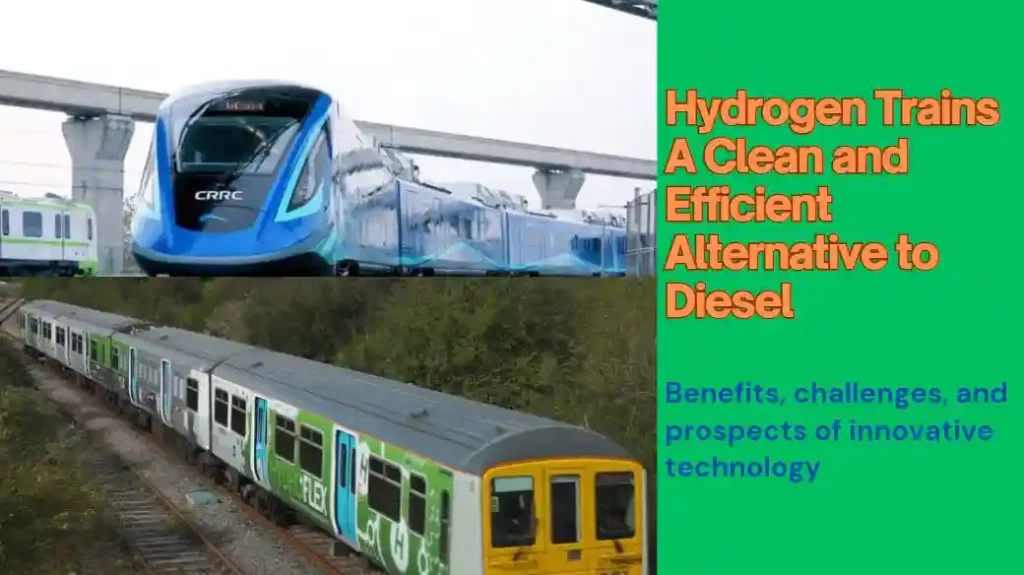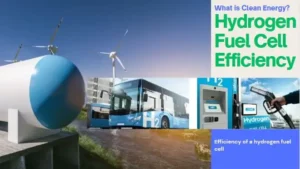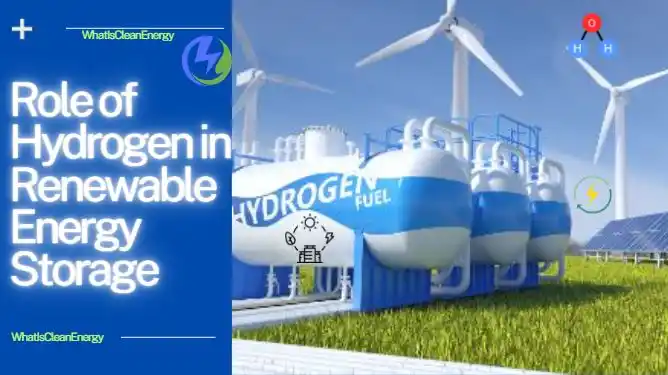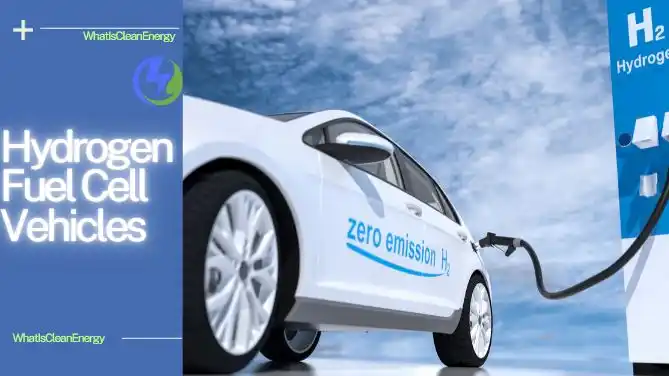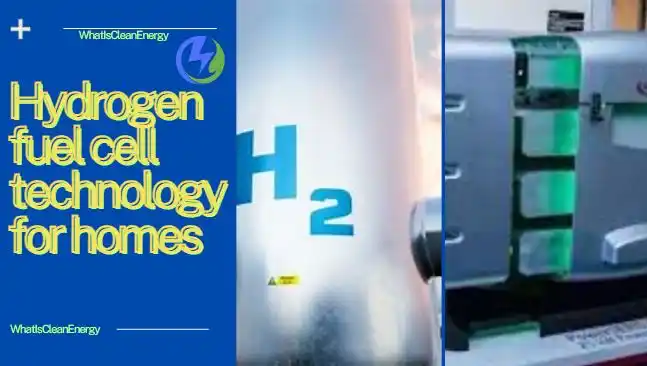Hydrogen powered trains, also known as hydrail. Hydrails are a type of rail vehicle that uses hydrogen fuel cells to generate electricity and power the traction motors. Unlike diesel trains, which emit harmful greenhouse gases and particulate matter, hydrogen trains are emissions-free. It only produces water and heat as by-products. Hydrogen trains are also quieter and smoother than diesel trains. It improves the comfort and safety of passengers and reduces noise pollution.
Hydrogen trains are not a new concept, but they have gained more attention in recent years. It is a viable solution to decarbonize the rail sector and combat climate change. Several countries around the world have been developing and testing hydrogen trains. Some have already deployed them on commercial routes. In this article, we will explore the benefits, challenges, and prospects of hydrogen trains. We also will answer some common questions about this innovative technology.
Benefits of hydrogen powered trains
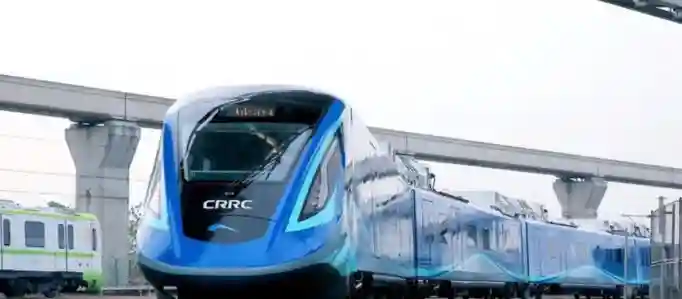
Hydrogen powered trains offer many advantages over diesel trains, both for the environment and for the economy. Some of the main benefits are:
Hydrogen powered trains reduce carbon footprint
Hydrogen powered trains do not emit any carbon dioxide or other greenhouse gases which contribute to global warming and pose serious threats to human health and ecosystems. By switching from diesel to hydrogen, the rail sector can significantly reduce its carbon footprint. It helps achieve the goals of the Paris Agreement and other international climate initiatives.
Improved air quality: Hydrogen powered trains
Hydrogen trains do not produce any harmful pollutants. Such as nitrogen oxides, sulfur oxides, or particulate matter, which can cause respiratory diseases, cardiovascular problems, and premature deaths. By replacing diesel with hydrogen, the rail sector can improve the air quality in urban and rural areas. That will protect the health of millions of people.
Enhanced energy security : Hydrogen powered trains
Hydrogen trains can use locally produced hydrogen, which can be obtained from various sources, such as natural gas, biomass, or renewable energy. This reduces the dependence on imported fossil fuels, which are subject to price fluctuations and geopolitical risks. By diversifying the energy mix, the rail sector can increase its energy security and resilience.
Hydrogen powered trains are lower operating costs
Hydrogen trains have lower fuel and maintenance costs than diesel trains, as hydrogen is cheaper and more efficient than diesel, and fuel cells have fewer moving parts and require less servicing. According to a study by the European Commission, hydrogen trains can save up to 35% of the total cost of ownership compared to diesel trains over 40 years.
Increased flexibility and compatibility
Hydrogen trains can operate on both electrified and non-electrified tracks. This makes them suitable for different types of rail services, such as regional, intercity, or freight. Hydrogen trains can also use the existing rail infrastructure, with minimal modifications, which reduces the need for costly and time-consuming electrification projects.
Challenges of hydrogen powered trains
Hydrogen trains also face some challenges and limitations, which need to be addressed before they can become more widespread and mainstream. Some of the main challenges are:
High capital costs
Hydrogen trains have higher upfront costs than diesel trains, as they require more advanced and complex technologies, such as fuel cells, hydrogen tanks, and hydrogen refueling stations. The initial investment for hydrogen trains can be up to three times higher than for diesel trains, depending on the size and configuration of the train.
Limited hydrogen supply and infrastructure
The availability and accessibility of hydrogen significantly impact hydrogen trains. Unfortunately, hydrogen is not yet widely produced and distributed in many countries.
The current hydrogen supply chain is mostly based on fossil fuels, which undermines the environmental benefits of hydrogen trains. Moreover, the existing hydrogen infrastructure, such as pipelines, storage facilities, and refueling stations, is insufficient and inadequate to meet the growing demand for hydrogen trains. There is a need for more investment and coordination to develop a low-carbon and reliable hydrogen supply and infrastructure.
Safety and regulatory issues
Hydrogen trains involve the use and storage of large amounts of hydrogen, a highly flammable and explosive gas. This poses potential safety risks, such as leaks, fires, or explosions, which need to be carefully managed and prevented.
Hydrogen trains also need to comply with strict safety and performance standards and regulations. This varies across different countries and regions. There is a need for more research and development to ensure the safety and reliability of hydrogen trains and for more harmonization and alignment of the regulatory frameworks and policies.
Which country started the hydrogen train?
The first country to start using hydrogen trains was Germany, which launched the world’s first hydrogen passenger train, the Coradia iLint, in 2018.
The Coradia iLint, developed by French company Alstom, is a multiple-unit train that uses hydrogen fuel cells to generate electricity and power the traction motors.

It can carry up to 300 passengers and reach a top speed of 140 km/h (87 mph). It has a range of 1,000 km (621 miles) on a single tank of hydrogen, which is stored in four high-pressure tanks on the roof of the train. The Coradia iLint has been operating on a 100 km (62 miles) route between the towns of Cuxhaven, Bremerhaven, Bremervörde, and Buxtehude in Lower Saxony, Germany, since September 2018.
Germany is the pioneer and leader of hydrogen trains. They have the most ambitious and comprehensive plans to replace all its diesel trains with hydrogen trains by 2035.
Alstom received an order from Germany for 41 additional Coradia iLint trains. The delivery was anticipated by 2022. They also have a strong hydrogen industry and infrastructure, with more than 80 hydrogen refueling stations across the country.
Germany is also a member of the European Union’s Hydrogen Initiative, which aims to promote the development and deployment of hydrogen technologies in Europe.
Are hydrogen trains safe?
Advanced and reliable technologies, such as fuel cells, hydrogen tanks, and hydrogen sensors, ensure the proper and efficient operation of hydrogen trains, making them generally considered safe. It also complies with strict safety and performance standards and regulations, which vary across different countries and regions. Designers of hydrogen trains take measures to prevent and mitigate potential safety risks, such as leaks, fires, or explosions. These risks could arise from the use and storage of large amounts of hydrogen, which is a highly flammable and explosive gas.
Some of the safety features and measures that hydrogen trains have are:
Hydrogen tanks
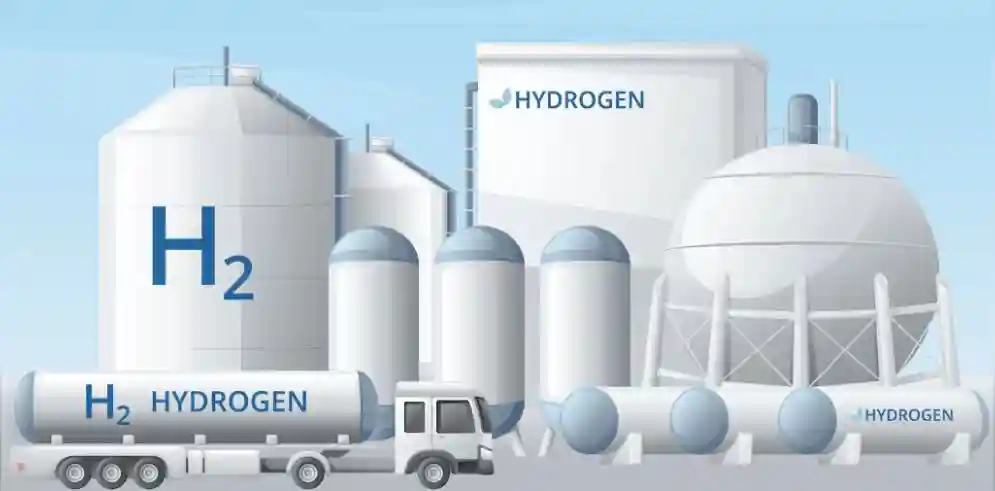
Strong, lightweight materials, such as carbon fiber or aluminum, compose hydrogen tanks to withstand high pressures and impacts. Additionally, pressure relief devices, such as valves or rupture disks, allow the release of excess pressure in case of overfilling or overheating. These tanks are also insulated and shielded to prevent heat transfer and fire spread. These tanks are usually located on the roof of the train, away from the passenger compartment and the potential sources of ignition, such as the traction motors or the pantograph. Hydrogen tanks are also tested and certified according to international standards, such as ISO 16111 or SAE J2579.
Fuel cells
Fuel cells are electrochemical devices that convert the chemical energy of hydrogen and oxygen into electrical energy, water, and heat. They are highly efficient and reliable, as they have no moving parts and require minimal maintenance. Fuel cells are also modular and scalable, as they can be arranged in stacks to increase the power output.
Safety devices, such as fuses, circuit breakers, or isolation switches, equip fuel cells to protect the electrical system from short circuits or overloads. Additionally, a fuel cell management system monitors and controls the flow of hydrogen and oxygen, the temperature and pressure of the fuel cell stack, and the power output and voltage of the fuel cell system.
Hydrogen sensors
Hydrogen sensors are devices that detect the presence and concentration of hydrogen in the air. They are installed in strategic locations, such as near the hydrogen tanks, the fuel cells, or the ventilation system. It is to monitor the hydrogen level and alert the train operator or the passengers in case of a leak or a spill. An automatic shutdown system connects hydrogen sensors. It can cut off the hydrogen supply, activate the fire suppression system, or stop the train in case of an emergency. Additionally, the sensors are regularly calibrated and tested to ensure their accuracy and reliability.
Hydrogen trains are also subject to rigorous testing and evaluation, both in the laboratory and in the field, to verify their safety and performance under various conditions and scenarios. They are also subject to regular inspection and maintenance, to ensure their optimal operation and longevity. Hydrogen trains are also operated and supervised by trained and qualified personnel. They follow the safety procedures and protocols established by the train manufacturer, the rail operator, and the regulatory authority.
Conclusion
Hydrogen trains are a promising and innovative technology that can offer a clean and efficient alternative to diesel trains. This is still widely used in many parts of the world. It can reduce the carbon footprint and improve the air quality of the rail sector. It also enhances energy security and lowers the operating costs of the rail operators. Hydrogen trains can also increase the flexibility and compatibility of the rail services. They can run on both electrified and non-electrified tracks, and use the existing rail infrastructure.
However, hydrogen trains also face some challenges and limitations. This needs to be overcome before they can become more widespread and mainstream. Some of the main challenges are the high capital costs, the limited hydrogen supply, and infrastructure. Safety and regulatory issues are also one of the main challenges. There is a need for more investment and coordination to develop a low-carbon and reliable hydrogen supply and infrastructure. In addition, requirement for more research and development to ensure the safety and reliability of hydrogen trains. There is also a need for more harmonization and alignment of the regulatory frameworks and policies that govern the use and operation of hydrogen trains.

